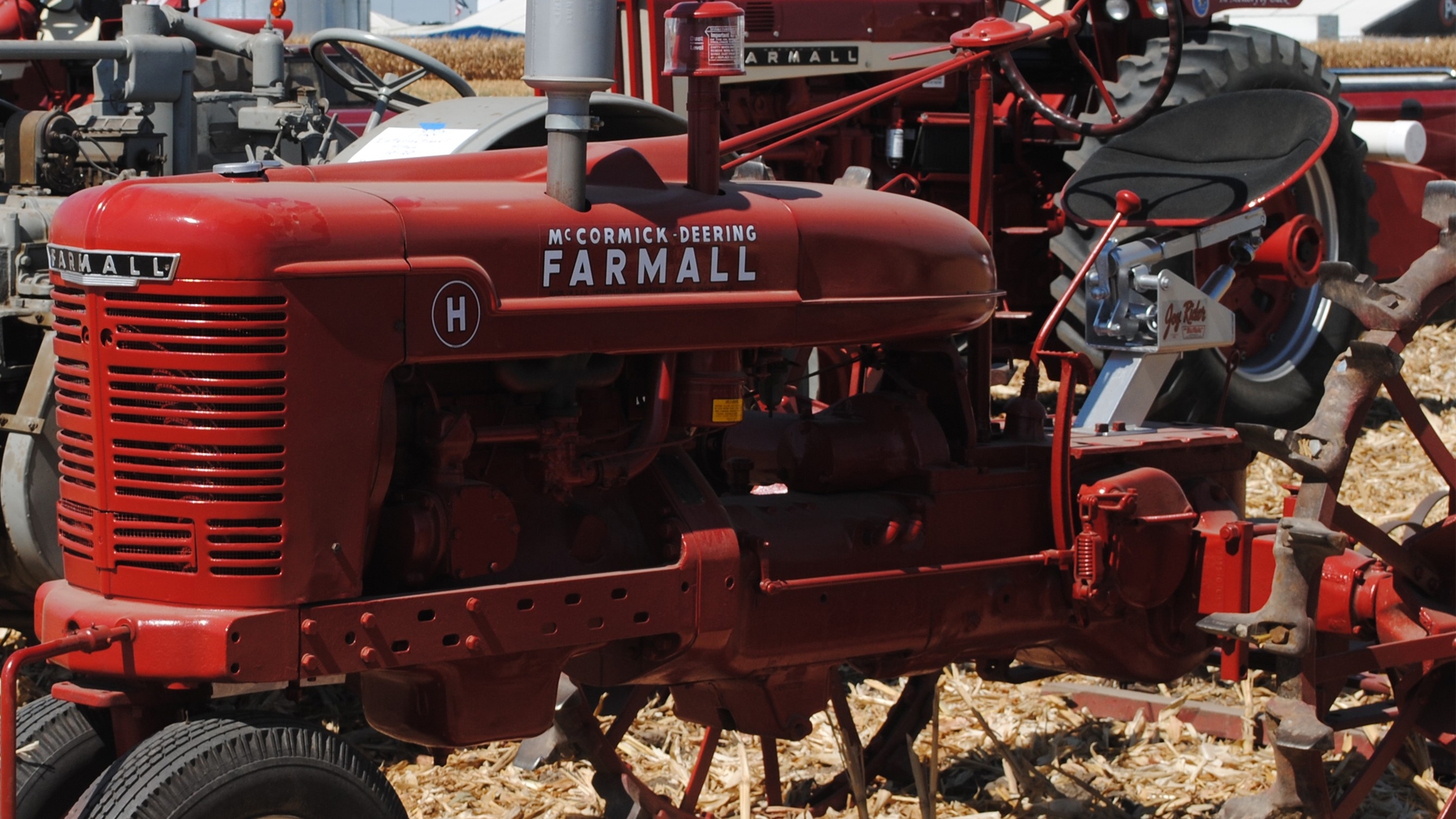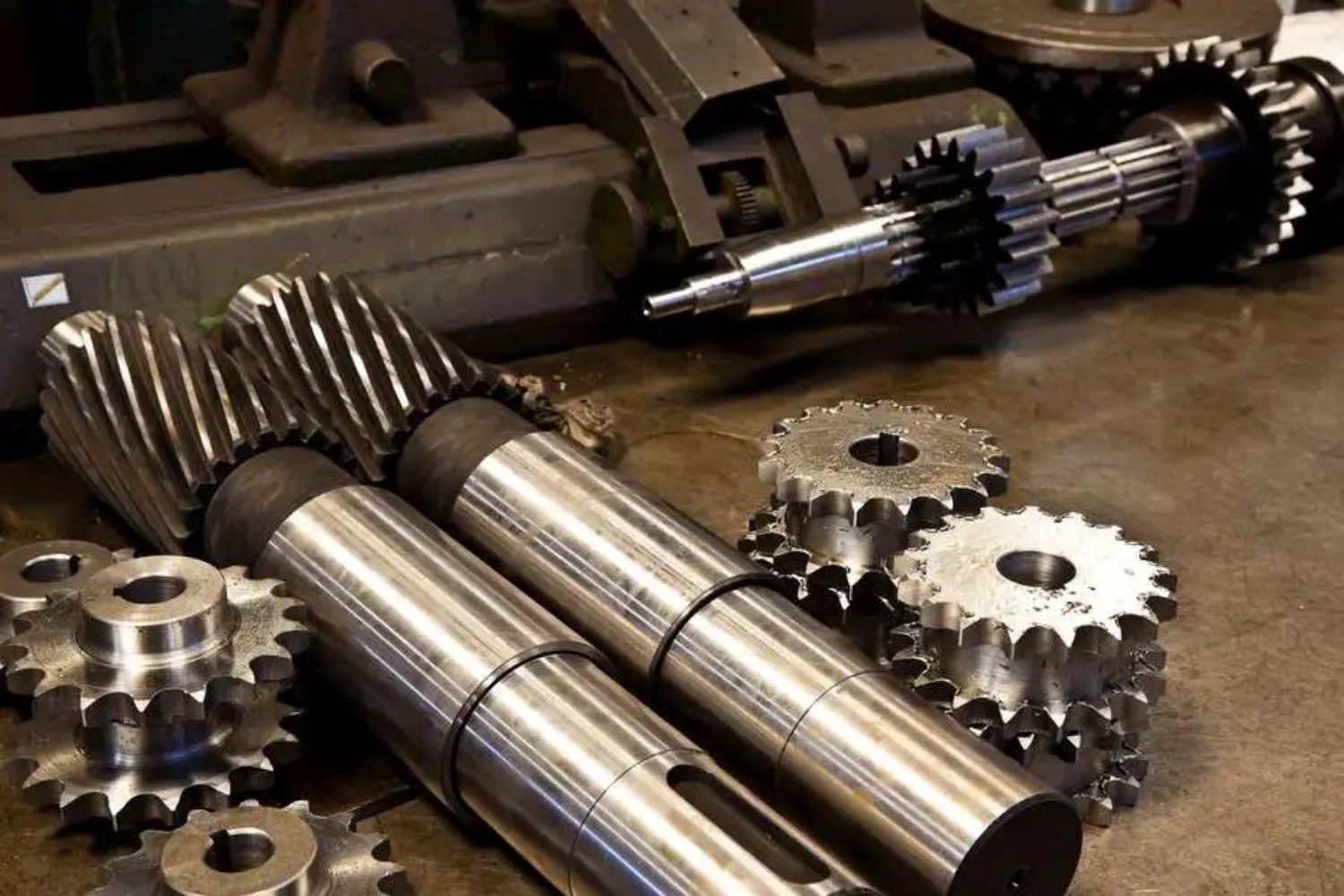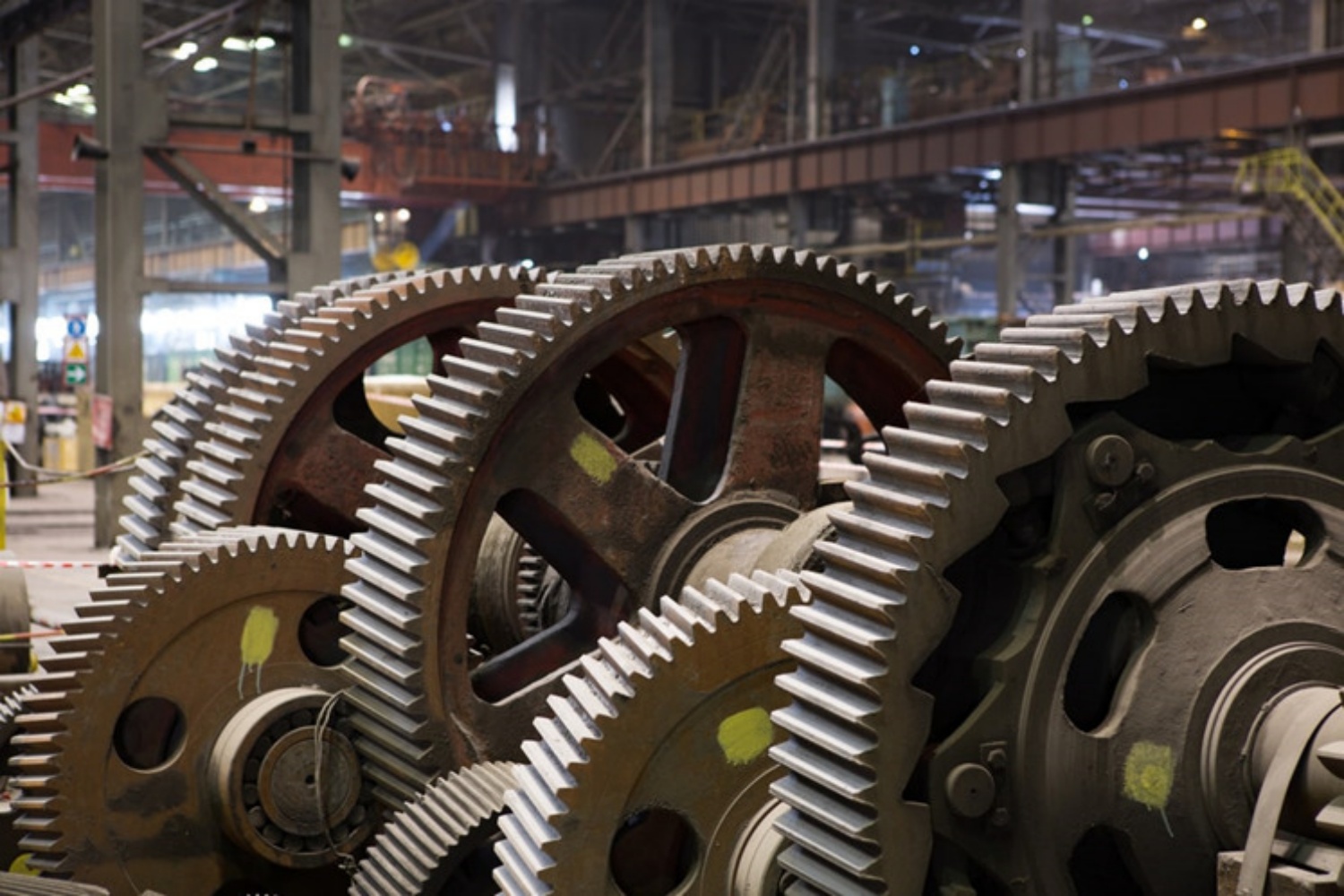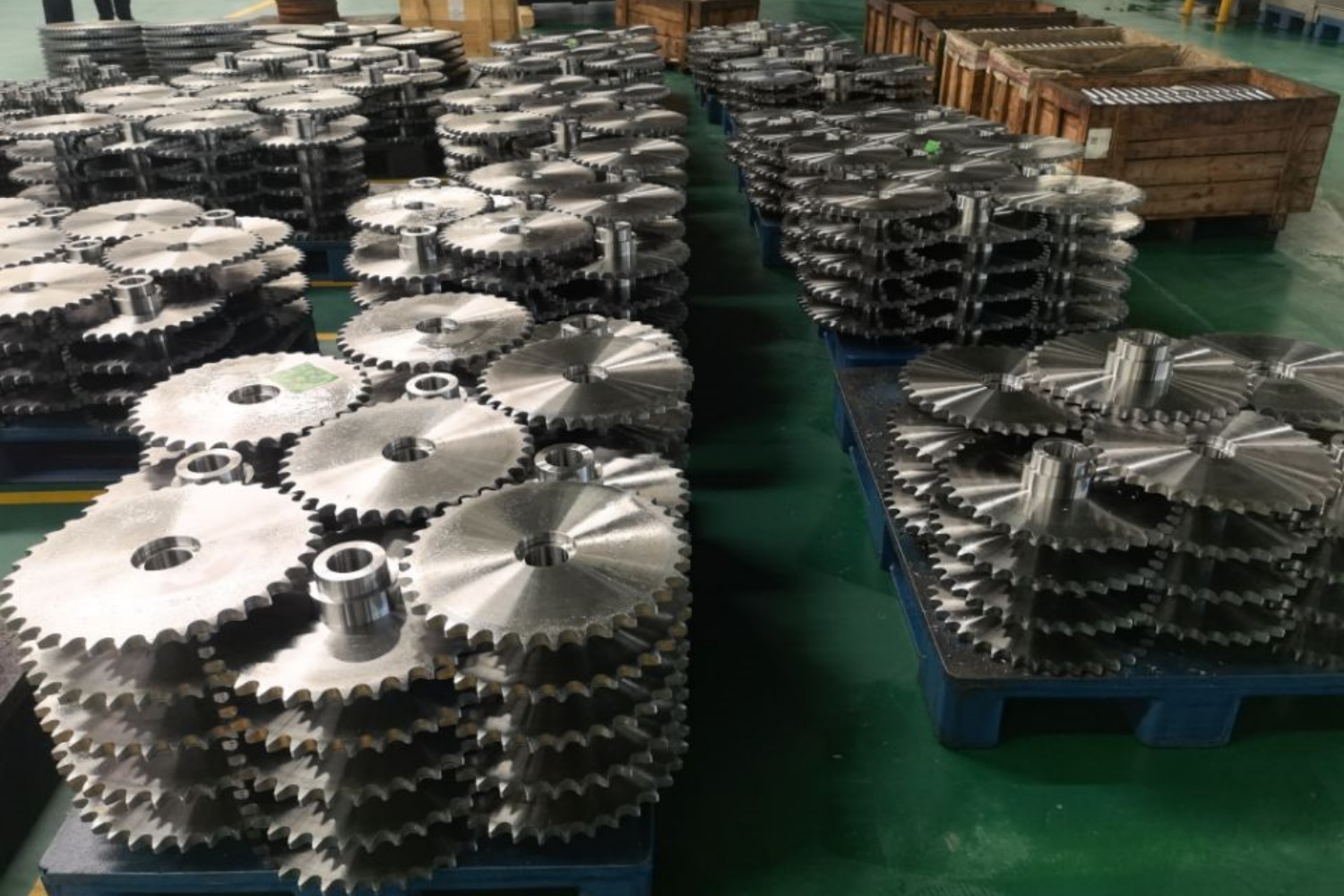Double pulleys play a crucial role in various industries, including agriculture and commercial sectors. While both agricultural and commercial double pulleys serve similar purposes of power transmission, there are distinct differences between them. Understanding these disparities is essential for selecting the right pulleys for specific applications. In this article, we will delve into the dissimilarities between agricultural double pulleys and commercial double pulleys. By exploring their design, features, and applications, readers can make informed decisions when choosing between these two types of double pulleys.
Design and Construction:
The design and construction of agricultural double pulleys and commercial double pulleys exhibit notable differences. Agricultural double pulleys are typically rugged and robust to withstand the demanding conditions encountered in farming applications. They are often constructed from durable materials, such as cast iron or steel, to endure heavy loads and resist wear. On the other hand, commercial double pulleys are commonly made from lightweight materials, such as aluminum or plastic, for ease of installation and versatility in commercial settings.
Load Capacity and Performance:
Agricultural double pulleys are designed to handle substantial loads associated with farming equipment. They are engineered to transmit power efficiently, enabling smooth operation even under high-stress conditions. The load capacity of agricultural double pulleys is typically higher compared to commercial double pulleys to accommodate the demands of heavy-duty agricultural tasks. Commercial double pulleys, on the other hand, are designed for lighter loads and more moderate operating conditions commonly found in commercial machinery and equipment.
Application and Versatility:
Agricultural double pulleys are primarily used in farming applications, such as operating machinery attachments, driving conveyor systems, or controlling the speed of rotating components in agricultural equipment. These pulleys are often tailored to meet the specific requirements of farming tasks, including variable speed adjustments or accommodating different belt sizes. In contrast, commercial double pulleys find application in a wide range of industries, including manufacturing, construction, and HVAC systems. They offer versatility and adaptability to suit various commercial applications, such as belt-driven machinery, ventilation systems, or conveyor systems.
Environmental Considerations:
Agricultural environments can be harsh and demanding, exposing pulleys to moisture, dust, and abrasive substances. Agricultural double pulleys are designed to withstand these conditions, often featuring protective coatings or materials that are resistant to corrosion and abrasion. Commercial double pulleys, while also built to be durable, may not have the same level of resilience to harsh environments as agricultural pulleys. They are typically used in controlled indoor settings with fewer exposure risks, focusing more on performance and efficiency.
Cost and Availability:
The cost of agricultural double pulleys can vary depending on their size, load capacity, and specific features required for agricultural applications. Due to their rugged construction and specialized design, agricultural pulleys may be relatively more expensive compared to commercial pulleys. Commercial double pulleys, being more readily available and used in various industries, tend to have a wider range of options and competitive pricing.
Conclusion:
While agricultural double pulleys and commercial double pulleys share the purpose of power transmission, they differ significantly in design, load capacity, application, and environmental considerations. Agricultural double pulleys are engineered to withstand the demanding conditions of farming environments, offering robustness and high load capacities. On the other hand, commercial double pulleys provide versatility for a broad range of commercial applications while prioritizing cost-effectiveness and ease of installation. Understanding these distinctions is crucial for selecting the appropriate double pulleys for specific industries and ensuring optimal performance and longevity in power transmission systems.
CONTINUE READING
Related Posts
In the rapidly growing food processing industry, the need for high-quality, precision equipment is more important than ever. As companies […]
In the realm of industrial machinery, gears play a pivotal role in the seamless operation of various systems. However, these […]
In the intricate dance of machinery, industrial sprockets play a pivotal role, transferring motion, torque, and power with precision. However, […]





